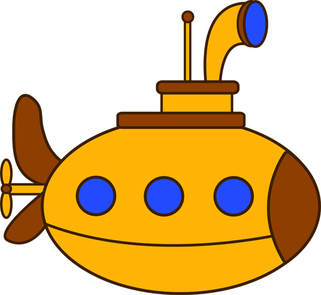
It can best be described as being formed by two augmented triads a minor 3rd apart (C aug & Eb aug) or, with different inversions, a half step apart. (C aug & C# aug).
It can also be viewed as being made up of three Major (or minor) triads, a Major 3rd apart. From C, the resulting hexatonic scales would be:
C - Eb - E - G - G# - B (stepwise: -3, 1/2, -3, 1/2, -3), or C - C# - E - F - G# - A (1/2, -3, 1/2, -3, 1/2).
Since the Augmented Scale can have three tonal centers which divides the octave into three equal parts, this results in only 4 mutually exclusive Augmented Scales.
ex:
C Maj 7+5 = C-E-G#-B = C Augmented Scale = C-D#-E-G-G#-B
= A Melodic Minor = A-B-C-D-E-F#-G#
D7#11 (Ab7alt) = D-F#-A-C-E-G#-B = " " "
" " "
Therefore, an Augmented Scale could theoretically be substituted for the modes of its related Melodic Minor. In the case of the above example: C Augmented & A Melodic Minor.
Having said that, the Augmented Scale is not an easy scale to hear melodically, or superimpose harmonically, as there are usually only a limited number of chord tones, as well as a number of non chord tones to deal with. It definitely takes some getting used to. Like certain spices, it should probably be used in measured doses.
This exercise attempts to help acclimate the ear to the sound of the Augmented Scale, while at the same time providing a functional minor ii-V7-i situation in which it might be utilized. The 4 measure pattern here repeats itself every bar for the first 3 bars, moving down a half step in each bar, thus employing a different Augmented Scale for each of the three chords. This is reminiscent of the Melodic Minor "3 scale, ii-V7-i" approach.
Each bar uses all 6 scale tones and, using the first line as an example, breaks down like this (enharmonic spellings used throughout):
Bar 1 - ii7b5 (D-7b5) - Scale: F-G#-A-C-Db-E
Chord tones: b3-b5-b7-9 (F-Ab-C-E)
Non chord tones: natural 5 & natural 7 (A & Db).
Bar 2 - V7alt (G7alt) - Scale: E-G-Ab-B-C-D#
Chord tones: Root-b9-3-b13 (G-Ab-B-Eb)
Non chord tones: natural 11 & 13 (C & E), can function as part of upper structures, i.e. Ab/G, E/G, C+/G
Bar 3 - i min. (C min) - Scale: Eb-F#-G-A#-B-D
Chord tones: b3-5-7-9 (Eb-G-B-D)
Non Chord tones: b5 & b7 (F# & A#).
Single line instruments should probably use a backing track or Band-in-a-Box type program while practicing this, in order to hear the changes and harmonic movement against the line.
It works if you work it!
Check out this Shortbook™



 RSS Feed
RSS Feed









